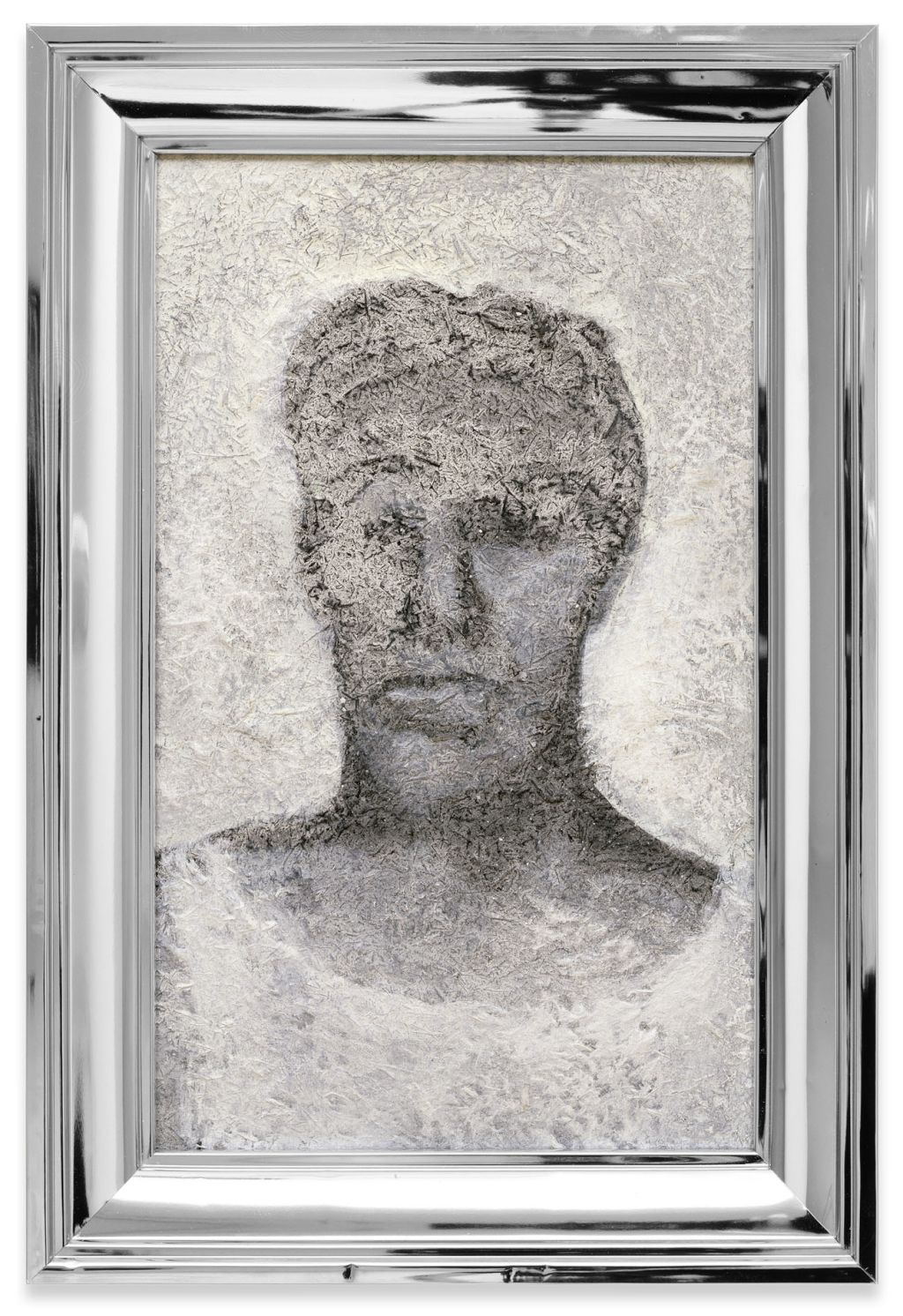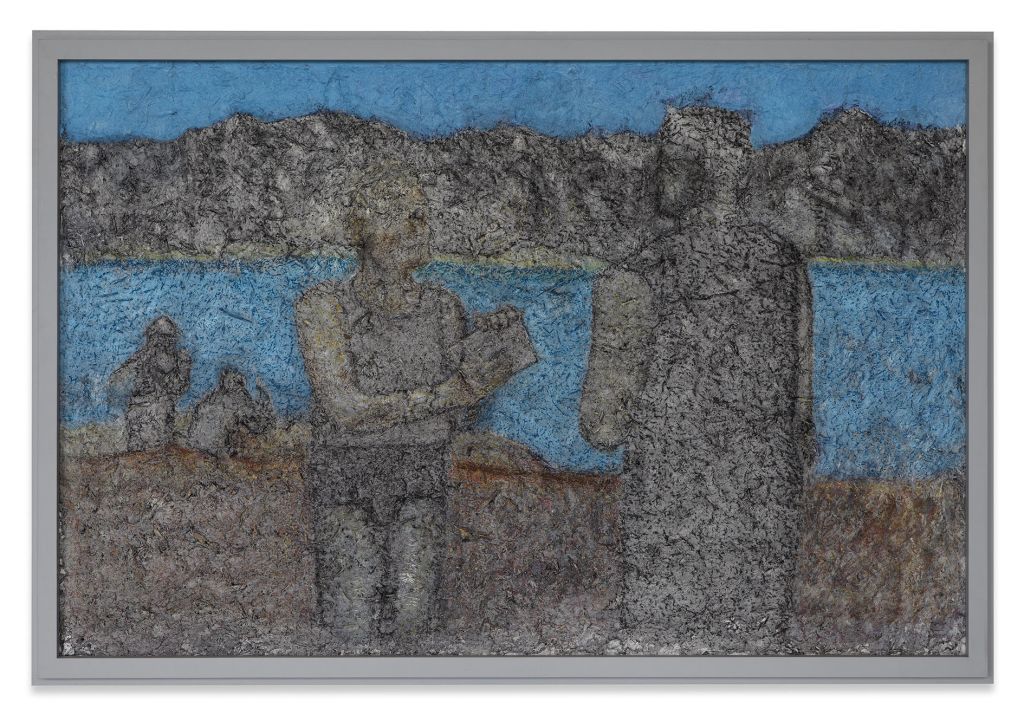Richard Artschwager
Portraits!
April 27–June 22, 2013
Berlin
Monika Sprüth and Philomene Magers are delighted to present an exhibition of works by the American artist Richard Artschwager. The show, which was on display at the London gallery of Sprüth Magers from February to March, focuses on the sculpture Exclamation Point (Orange) (2010), which is exhibited alongside a recent series of portraits, which also includes the artist’s latest works.
One of the most important artists to emerge during the twentieth century, Artschwager’s playful and diverse œuvre has influenced generations of younger artists by challenging assumptions about perception and the aesthetic, material and spatial experience of art and the everyday. Spanning over forty years, Artschwager’s practice explored the mediums of sculpture, painting and drawing in order to understand the relationship between art and objects, and the environment they inhabit.
Artschwager’s work is typically characterized by playful and provocative slippages between different media, conflating the visual world of images, which can be perceived but not physically grasped, and the tactile world of objects. This dynamic relationship between pictorial representation and sculptural practices in the artist’s work is evident in his paintings, which are the focus of the exhibition. While his sculptures are likewise defined by coloration and their painterly elements as well as by their forms and materials, Artschwager’s paintings are contextually and formalistically based on the elements of texture and surface. Artschwager applied traditional artistic media including charcoals, acrylics, pastels and paints, to Celotex, a rigid compound board formed from pressed fibers and generally used in construction. Although it has a smooth side, Artschwager executed the image on the texture’s reverse, exploiting the rough surface as an active participant that is essential to the work’s imagery, expression and meaning, and animates the pictorial surface. Artschwager bordered the portraits with heavy, wooden or mirrored frames, propelling his paintings further into the three-dimensional realm.


































